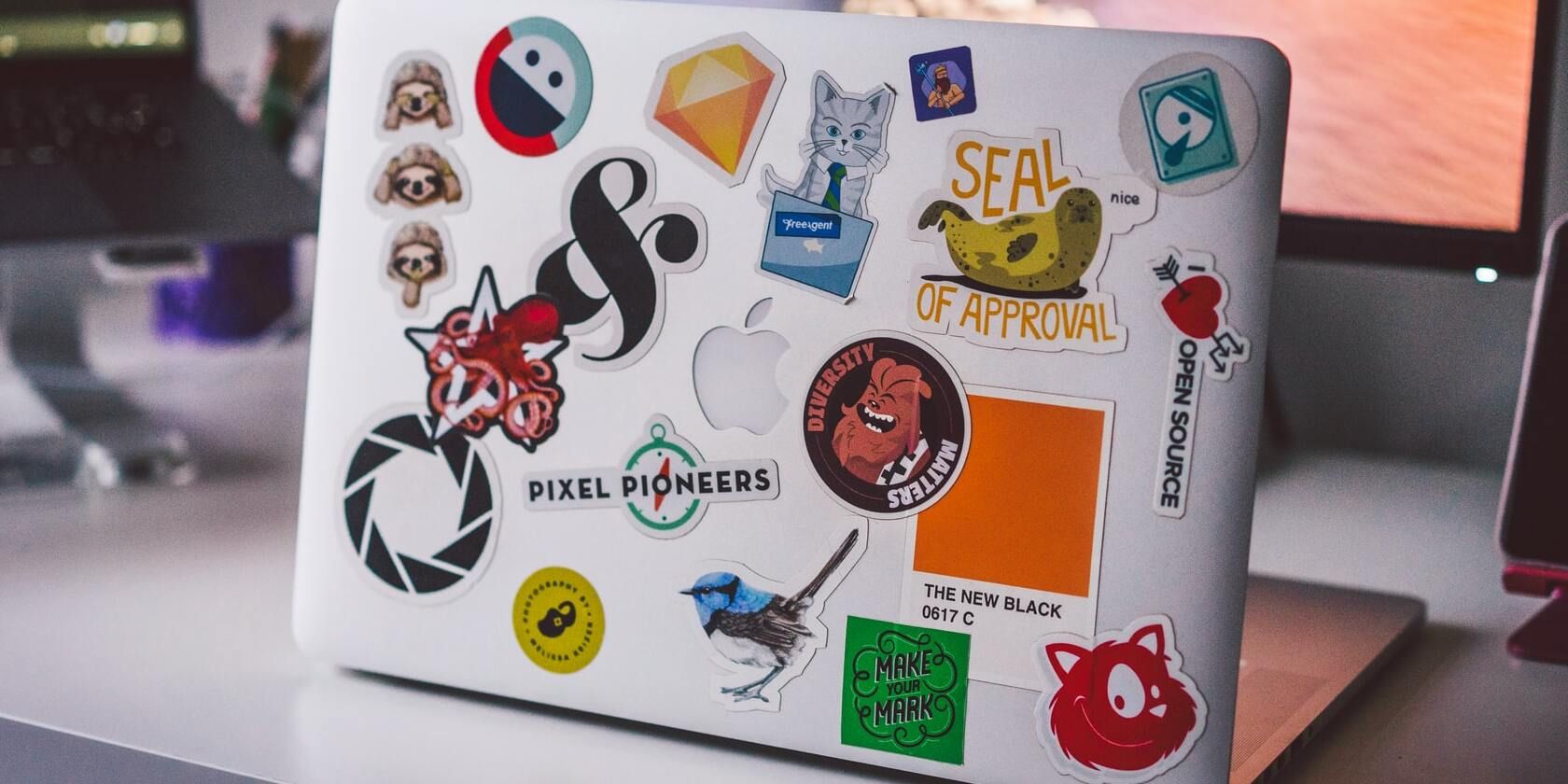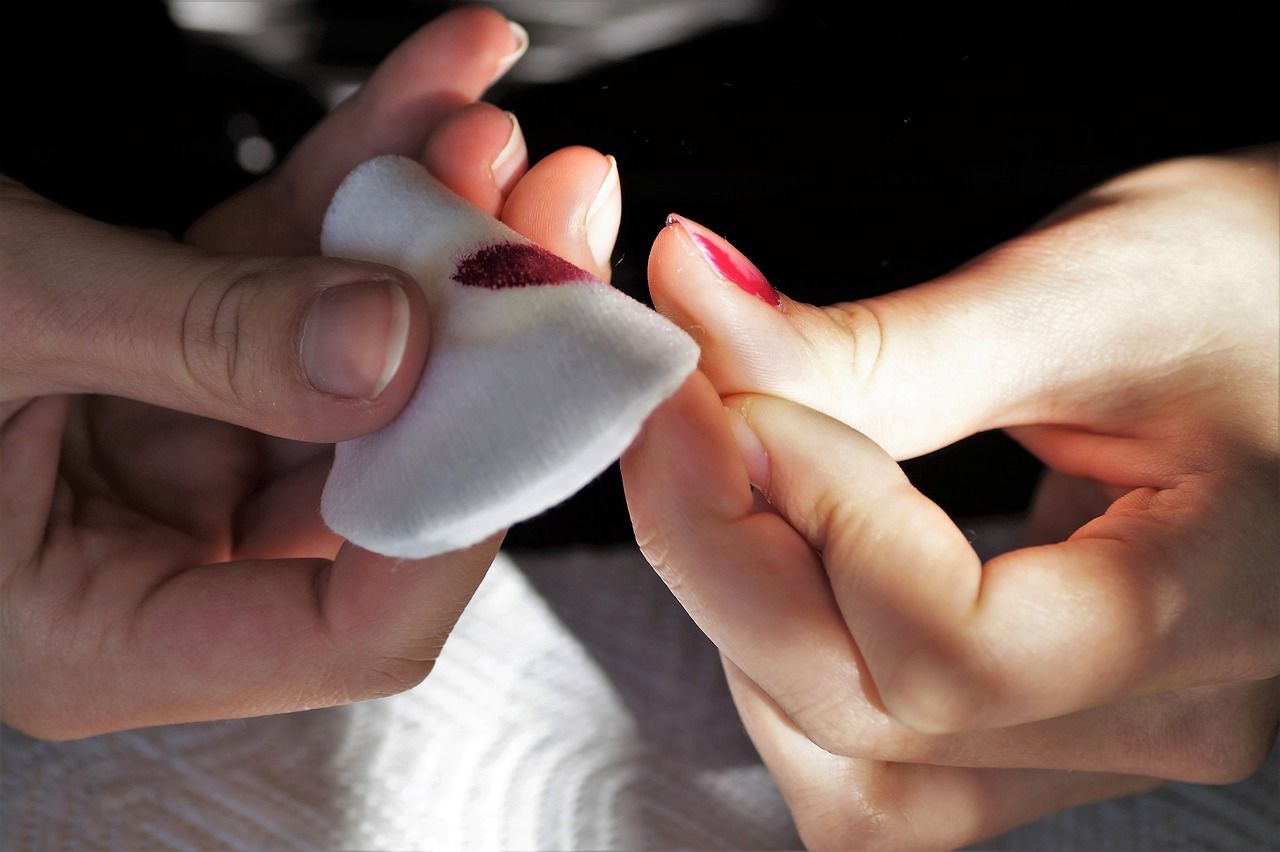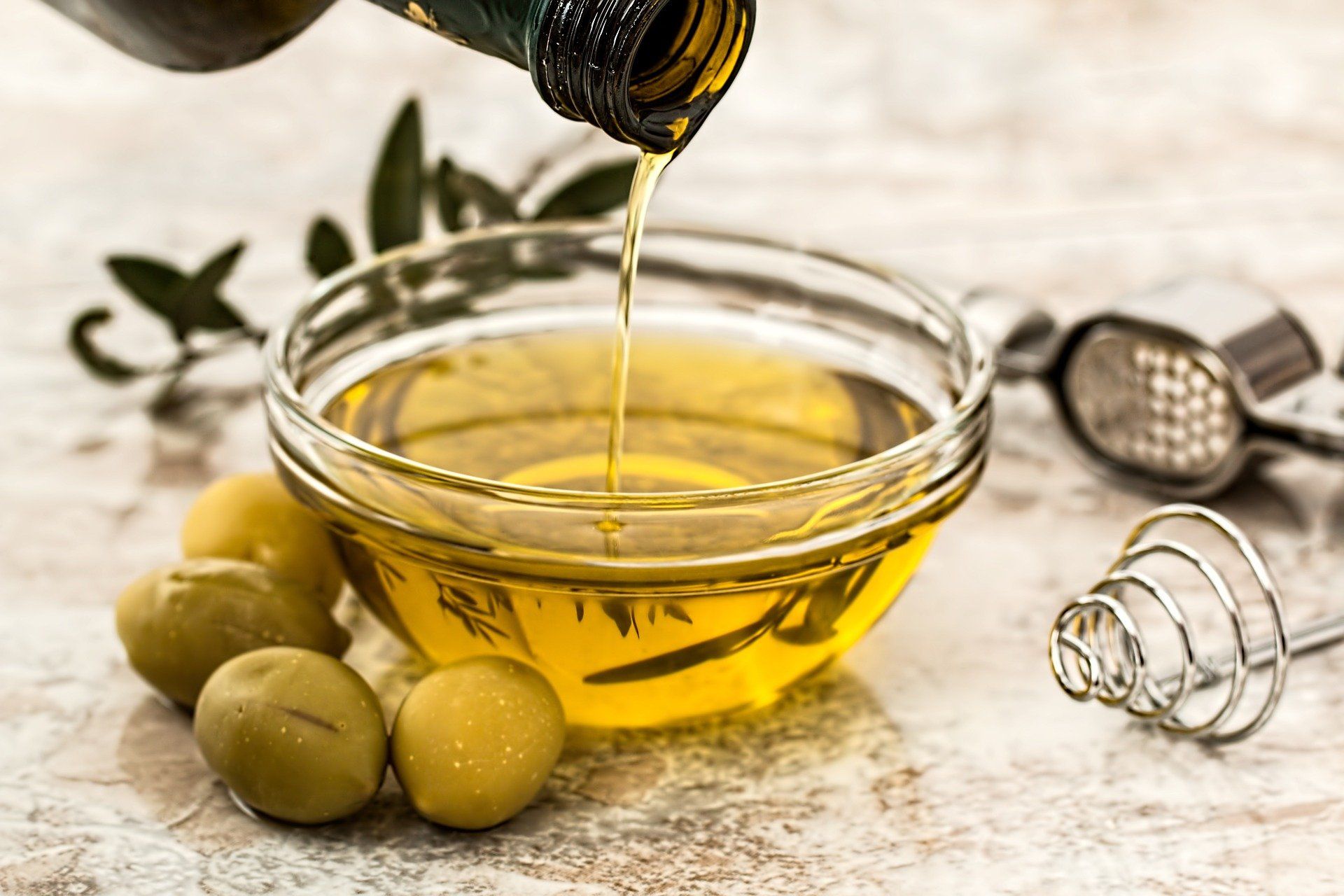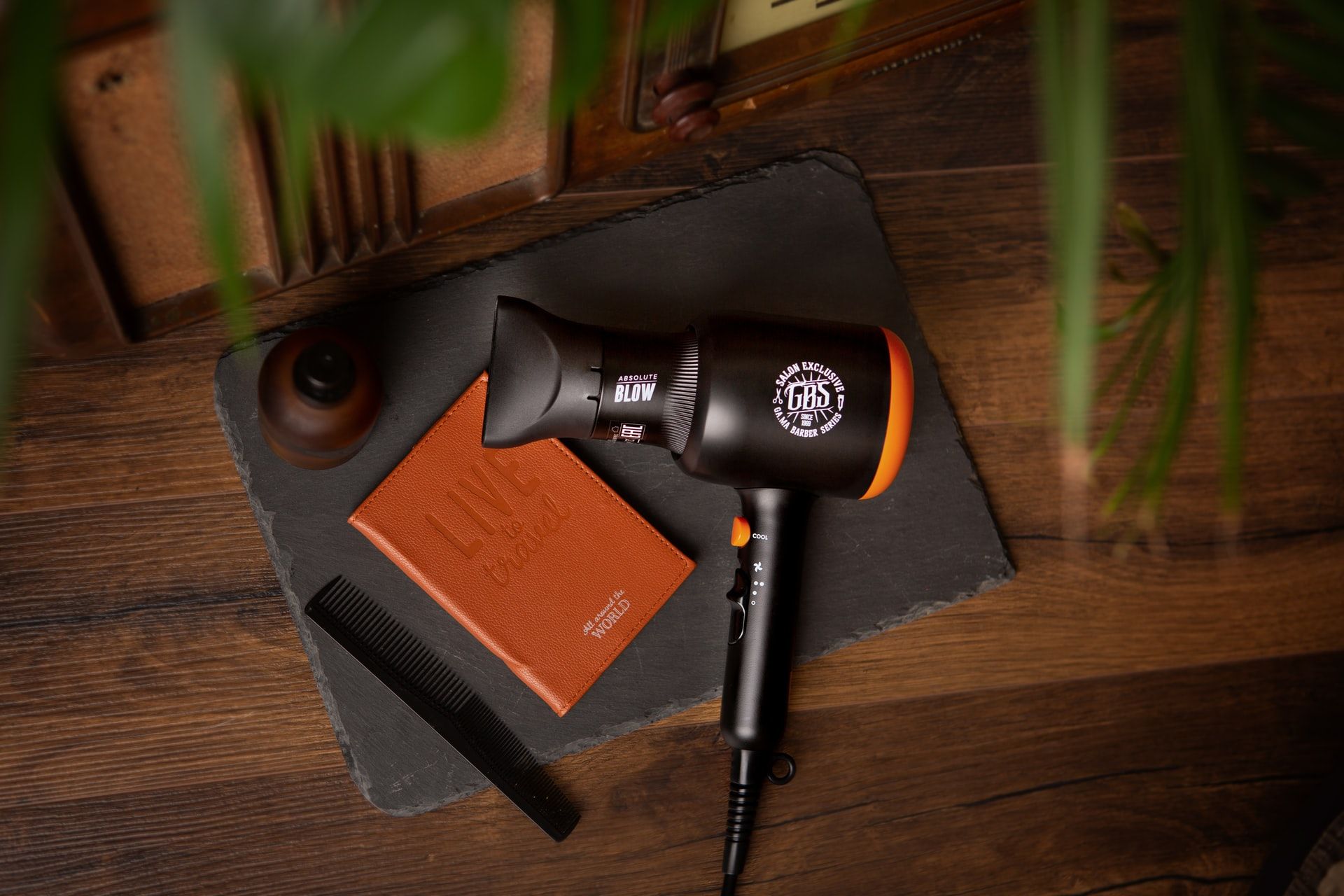Stickers are a great way to personalize your devices and add some much-needed flair to them. For instance, adding a bunch of cool stickers at the back of your laptop will instantly make it more recognizable to you.
Stickers are great, but looking at the same ones repeatedly might get boring. Or, if you have a change of heart later on and want to remove them, things get a bit tricky, as sticker residue is hard to get off.
So, if you're looking to clean up your laptop before selling it or otherwise, here's how you remove that irritating sticker residue.
How to Remove Sticker Residue
If you've been trying to remove the sticky area left behind after peeling a sticker off, here's a full guide to removing that gluey residue from different surfaces.
1. Scrape Off Right After Removing the Sticker
Removing sticker residue from certain surfaces is hard. This includes circuit boards, electronic gadgets, and even the back of your laptop. These are made from different materials, including plastic, glass, or polished metals like aluminum.
One of the best things you can do is to try and scrape off as much residue as possible when you remove the sticker. This is great for use on smoother surfaces, including glass.
There are several ways of doing this, but never use a pointy object such as a sharp blade, especially when removing stickers from a computer or other delicate surfaces. Instead, use a credit card or a membership card. Or, try rubbing your fingers in one direction on the residue. You'll notice that it'll start rolling into smaller balls. Once you have enough, you can just pull them to remove more sticker residue.
The residue's generally fresh right after you pop the sticker off, so this method is most effective right after. Once you remove as much as possible this way, you can try other methods.
2. Use Rubbing Alcohol and a Microfiber Cloth
Rubbing alcohol is a fantastic solution for getting rid of any sticker residue. Rubbing alcohol, or isopropyl alcohol as it's generally called, is available in several concentrations, with 70% and 99% concentrations being popular choices.
Rubbing alcohol works great if you want to remove sticker residue from different surfaces, including glass, plastic, or even wood. Remember, stronger isn't always better when buying higher concentrations of rubbing alcohol. Your main concern isn't disinfecting the surface, after all.
Always use rubbing alcohol with a microfiber cloth. Using an abrasive material isn't recommended, as it could leave scratches. While you generally shouldn't put stickers on your Macbook or other laptops made from anodized metal, don't try to get them off by rubbing something abrasive. It could leave permanent scratches on the surface.
Rubbing alcohol is generally great as it evaporates very quickly, so it won't harm any electronics.
3. Using Acetone
Acetone is another powerful solvent found in nail polish removers or paint thinners. It's also available from general hardware stores, so you can get it separately too.
Acetone is generally quite concentrated, so you'll typically need to dilute it to use or just use a much smaller quantity. Instead of adding it directly on the surface, start by adding a few drops to a cotton ball. Then, dab on the surface with the sticker residue to get it off.
Acetone works great on plastic surfaces, and it evaporates incredibly quickly, making it a fantastic choice for use on certain surfaces like video game boxes or DVD cases.
4. Rub Some WD-40
WD-40 is one of the most commonly used lubricants in the world. It's generally a lithium-based grease used to improve lubrication on surfaces, but it's also great for getting rid of sticker residue.
To remove surface residue with WD-40, take a microfiber cloth and spray some WD-40 on it. Once it's wet, just rub it on the surface. Make sure to avoid scraping as that could cause scratches.
5. Distilled White Vinegar
There are quite a few household items that you can use to remove sticker residue. Distilled white vinegar is commonly found in almost every kitchen. Its acidic nature neutralizes the substances that cause residue, making it easy to remove.
Vinegar does have a bad smell, so you'd want to leave it on for a few minutes and then wipe it clean. Vinegar is an incredibly robust cleaning liquid and can be used instead of an enzymatic cleaner for wiping off surfaces around the house.
6. Olive Oil or Canola Oil
Sticker residue often gets hard over time, developing this gooey texture that most people really hate touching. However, sprinkling a bit of olive oil or canola oil on the surface will help you soften it.
Don't just start rubbing right away. Add a few drops and spread them evenly throughout the surface where you can find sticker residue. Let it soak for a couple of minutes before you dab it with a cotton ball or tissue paper.
Rub it clean with a rag or tissue paper until you remove all the excess oil. It might seem a bit slippery to touch, so be thorough when drying off the oil.
7. Use Some Tape
You can use adhesive tape to remove the sticky residue from any surface. Just place the tape on the sticky residue, and press against it. The sticky residue will get stuck on the tape. Just peel it off in one swift motion, and you'll get most of the residue out in one go.
Of course, this isn't a perfect method, and you will have to repeat this a few times to truly get it out. You'll need to clean up the rest using a damp rag.
8. Apply Heat
This method isn't suitable for removing sticker residue from harder surfaces. However, if you have a piece of clothing that has some sticker residue on it, just apply some heat to get it off. You can also use a bit of hot water to soften and remove the sticker residue.
Use Ecological Cleaning Solutions
Certain cleaning solutions contain harmful chemicals, and you should avoid using those. They are incredibly damaging to the environment and contain chemicals and substances that leave permanent stains or damage to exposed surfaces.
If you've just bought a new PC and have managed to peel off all those shiny stickers, it's important to keep it clean too. Regular cleaning will keep your PC, and its components functioning normally and prolong its life.




